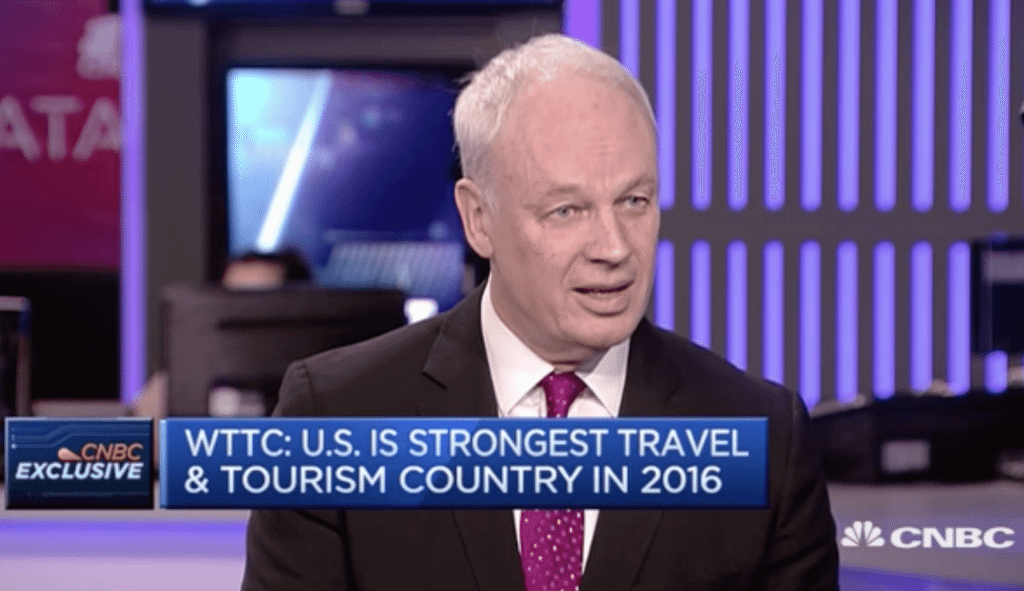U.S. Tourists Headed Abroad Are a Bright Spot for International Travel

Skift Take
Many U.S. destinations will have a harder time this year convincing international travelers that they're affordable and welcoming. But for U.S. travelers, much of the world is their oyster thanks to a continued strong dollar.
President Trump's travel ban has caused some destinations and tourism organizations to project fewer international visitors to the U.S. in 2017, but the U.S. outbound travel forecast is much brighter.
The number of foreign trips by U.S. travelers is expected to grow 5.4 percent in 2017, according to a new World Travel & Tourism Council (WTTC) and Oxford Economic's 2017 economic impact report released this week. Canada, Mexico, the Caribbean and Mediterranean destinations in Europe will likely benefit from this strong growth in U.S. outbound travel, the report said.
Travel and tourism growth for North and South America grew 2.4 percent last year and was hurt by weak inbound travel dema
